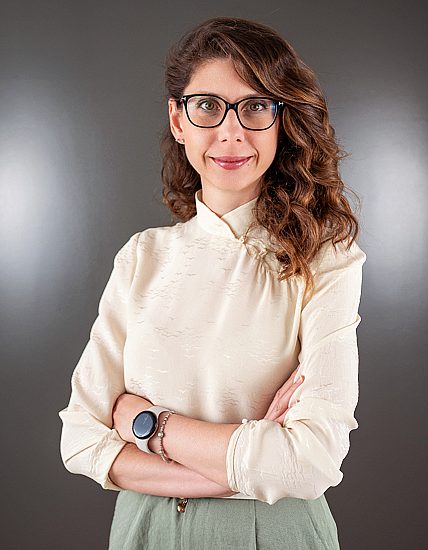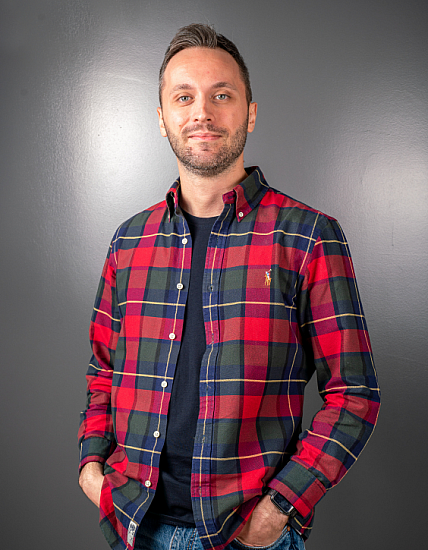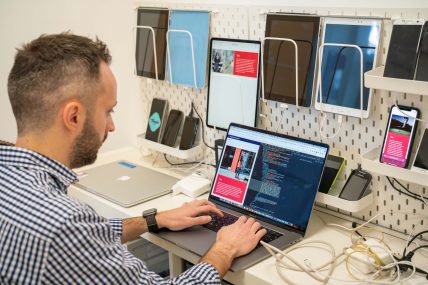Fondazione Sistema Toscana - VisitTuscany
Our contribution to the accessibility of the Region of Tuscany tourism website

Achievements
+66%
Total website visitors
+53%
Total website sessions
+500
Among municipalities, cultural and tourist organisations and associations trained on accessibility
+1900
Private operators trained on accessibility
Fondazione Sistema Toscana (FST) is a non-profit private foundation, established on 18 October 2004 by the Region of Tuscany and Banca Monte dei Paschi S.p.A., which is responsible, among other things, for the creation and management of the official Tuscany tourism website (visittuscany.com).
In this context, on the basis of our previous experience regarding the accessibility of design projects, with our project proposal the Foundation awarded us the technical consultancy service contract for the implementation of the accessibility levels of the visittuscany.com website and of the related CMS (Make and MakeIAT) with the aim of improving the accessibility levels:
- ensuring that the website meets compliance levels A and AA of the WCAG 2.1 guidelines (i.e. the most up-to-date standards for the design and online launch phases of the new version of Visittuscany)
- analysing and optimising the website's main templates with the aim of increasing the percentage of accessible web pages and covering all browsing possibilities on the website.
For this project, our mandate was part of an already ongoing redesign process involving several suppliers with different roles and mandates:
- A supplier with the mandate to redefine and test the new information architecture following a qualitative research process to identify the different types of visitors to the website;
- A supplier with the mandate to redesign the website UX and UI;
- An IT supplier with the mandate to develop the front-end and adapt the proprietary CMS.
In addition to the project, another important aspect concerned the reference ecosystem of the visittuscany.com website, which is managed through the make.visittuscany.com platform, which enables local tour operators to add content.
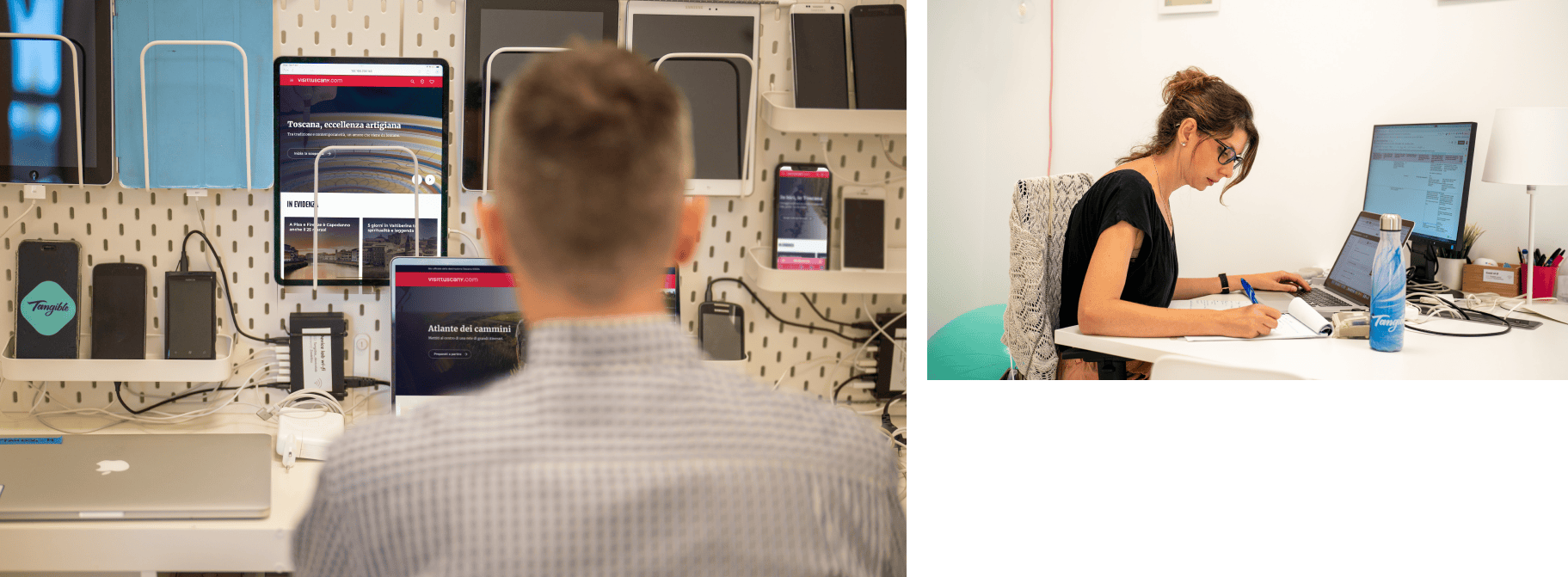
Raising and maintaining accessibility standards: teamwork produces results
The mandate entrusted to us was important but also delicate. More specifically, our work focused on two main areas:
- The internal organisation of the Foundation, helping to spread a culture and a theoretical and practical knowledge of the key issues and best practices at both design and content level among the management and editorial teams;
- External suppliers, where our expertise in accessibility could be a source of added value in the existing redesign and development process.
In order to make this happen without undermining ongoing processes, from the outset our approach was focused on:
- Transparency, to create the adaptability and trust required between the stakeholders to achieve the established goals;
- Improving the existing conditions, always beginning from the situation as is, so as not to waste the work that has already been done on materials and tools;
- The creation of favourable conditions for the introduction of a pervasive culture of attention to accessibility.
Involving and training a large number of stakeholders while supporting suppliers in the design and development process
Although we were not personally involved in the design process, as with all our projects we set ourselves a precise goal. Or rather three: making an impact in the areas of business, culture and operations.
Considering the two main focus areas described above, the emphasis was placed on these three aspects around which we managed to create the necessary conditions to generate a positive impact.
Business impact
Let’s start with the numbers and results also achieved through this activity. During her speech at the last TTG Travel Experience in Rimini, Costanza Giovannini shared some of the results achieved in terms of traffic in 2023 (which saw the release of the new version of visittuscany.com in July).
Some numbers compared with 2022:
- + 11% views
- + 66% total visitors
- + 53% sessions
How did we achieve these results? Together with the continuous evolution of the content strategy, the redesign of the browsing experience, SEO activities and digital advertising campaigns, our work on accessibility contributed to improving these traffic metrics.
Our work on the accessibility of the website also enabled the visittuscany.com team to acquire additional skills to improve the effectiveness of the content produced, and it had a positive impact on SEO thanks to the in-depth analyses carried out on the structure of the website.
Culture of accessibility

We achieved this by improving the awareness of legal requirements (primarily the Stanca Law and the AGID accessibility guidelines) and by providing training on accessibility issues to both internal stakeholders, so that our commitment and the visibility of the impact would be shared and transparent along the internal decision-making chain, and to external stakeholders, i.e. users registered on the Make platform.
How we achieved the goal of creating a cultural impact:
- With on-the-job training activities, so that FST editors can independently create accessible content;
- With an introduction to accessibility course aimed at a wide range of external stakeholders;
- With the release of tools and guidelines for communication and marketing managers, Visittuscany editors and users of the Make platform, so that they can independently manage the governable aspects of accessibility.
With regard to training activities and to the release of tools and guidelines, the audience of stakeholders to whom training sessions were addressed was very broad, given that the editorial effort to keep the website alive with content currently involves:
- More than 500 municipalities, organisations, cultural and tourist associations
- More than 1900 private operators
- 194 tourist office and information centres
Impact at operational level
As described above, in this area we were at pains not to undermine a process that was already underway and we worked to support suppliers on both the UX + UI and IT sides in their design and development work. We did this by working methodically, collaboratively and with an approach that didn’t only involve filling out accessibility checklists but in this case sought to generate an impact on the final output.
How we achieved this goal:
- Starting with an analysis of the as-is situation both in terms of the UI components and of the front-end of the visittuscany.com sites. This analysis aimed to improve the accessibility of the existing design system, so that the component and code base was already solid and ready to be upgraded in terms of accessibility for the subsequent redesign process. In practical terms, we facilitated this process with an inventory work on the current components followed by a front-end audit to address accessibility issues and a UI audit in order to establish good practices for making the interfaces more accessible, such as the correct use of colours to ensure the right level of contrast when reading content;
- Supporting the UX + UI design team through a shared design critique process aimed at improving the level of accessibility of the design system components;;
- Carrying out accessibility tests with blind and visually impaired people at the territorial headquarters of the Italian Union of Blind and Partially Sighted People in Brescia, during which we tested the site a few weeks before its official launch in order to gather useful information for improving certain interaction design and code implementation aspects.
Together, all these activities had a single goal: to make accessibility an integral part of the design system.
Not only: they also showed that, as well as being possible, it is also increasingly necessary to develop accessibility as a basic element in the construction of a design system. Achieving this goal is crucial for the creation of digital products that are not only usable by everyone, but also consistent, scalable and maintainable at systemic level: maintaining and improving a single component means improving an entire ecosystem of products and services.
Taking this approach to accessibility is therefore beneficial for the overall user experience.
Finally, it is also a necessary choice from a cost-saving perspective, where the seemingly simpler and faster alternative is dictated by costly and counterproductive accessibility overlays (and that isn’t us talking, it is the European Union guidelines on website development).
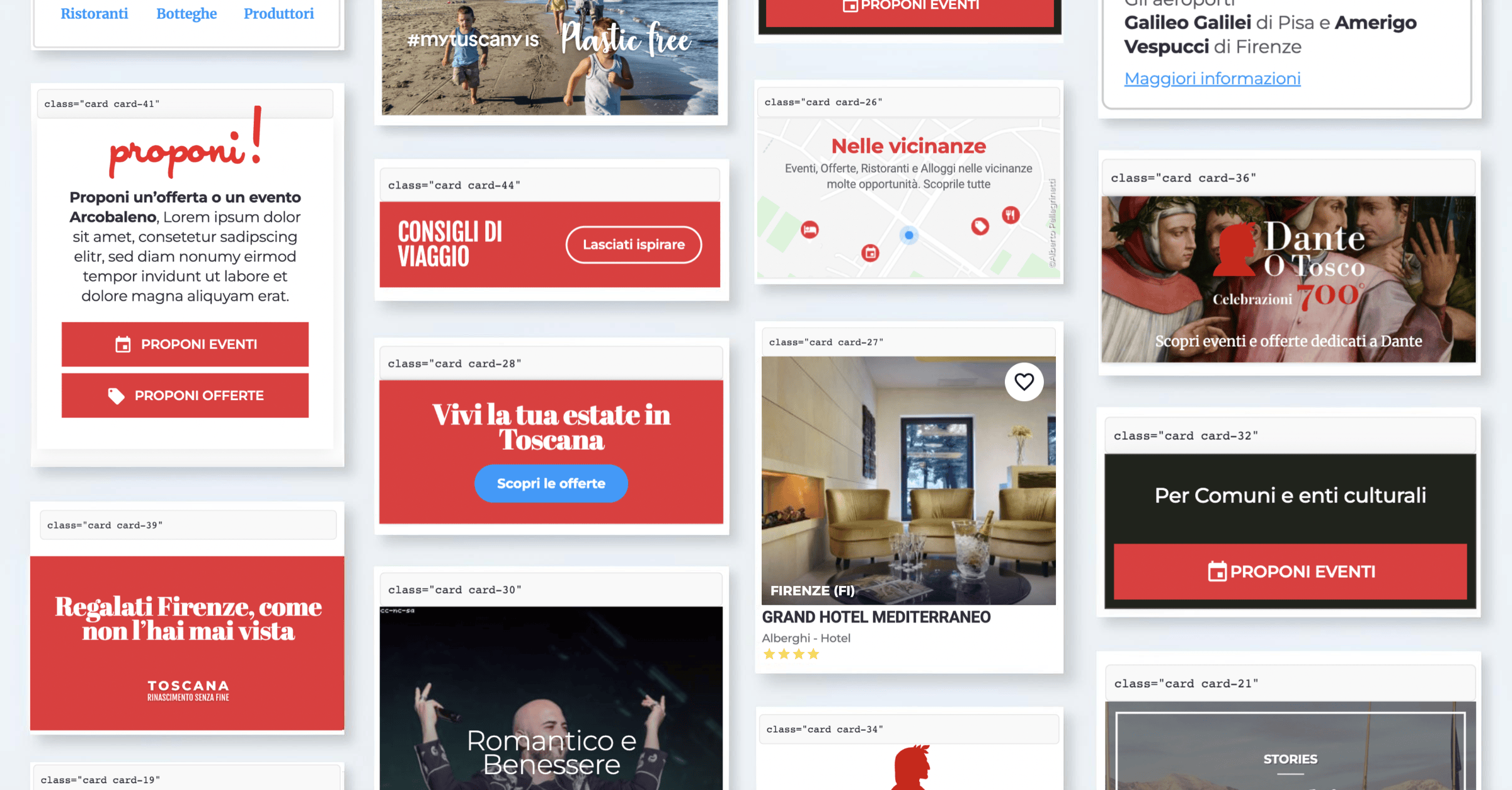
Commitment, constant feedback and documentation: the key ingredients for tangible accessibility results
As we have seen, the results recorded in the various areas were achieved thanks to a collaboration between several parties that was driven by the open-mindedness and desire for change demonstrated by the customer and by the suppliers involved in addressing the issue of accessibility.
On this basis, it was possible to create a virtuous circle in which accessibility is not just a matter of complying with guidelines and directives, but a result that can be achieved by combining two elements: constant feedback between the stakeholders and documentation. A series of technical activities that can be truly pervasive and effective if performed by a team that is capable of generating a widespread culture of accessibility.
These two conditions laid the foundations by which the customer and its suppliers are able to fulfil this commitment independently.
A commitment that Fondazione Sistema Toscana is still pursuing with a meticulous and unwavering approach, given that it was the common aim of the entire set of stakeholders to use this opportunity not only to improve accessibility standards, but also to genuinely make the services more accessible and usable for everyone.
A commitment which, if taken seriously, can help produce concrete business results, as we have seen.
Tangible guided us in this process of understanding and assimilating a more profound culture of accessibility, making it a fundamental aspect of our strategic thinking and enabling us to integrate its principles in our daily practices with the ultimate and constant goal of improving the visittuscany.com user experience.
Project team
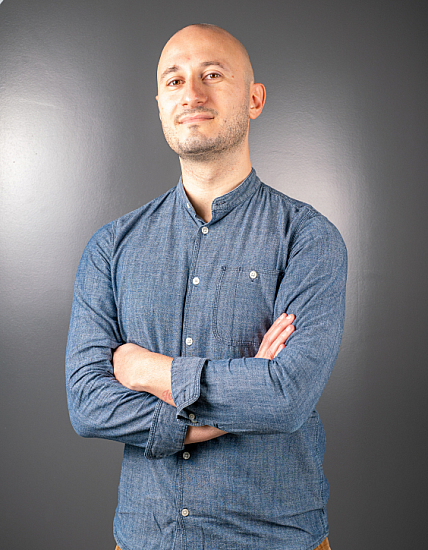
Manuele Forcucci
Project Manager & Experience designer
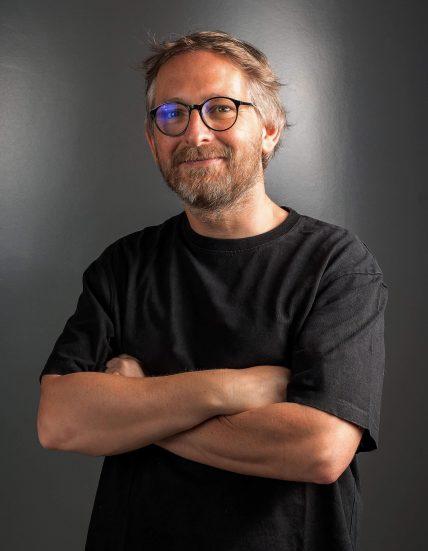
Marco Livi
Interface designer
Want more information about this project or would you like to discuss a similar project for your business?
